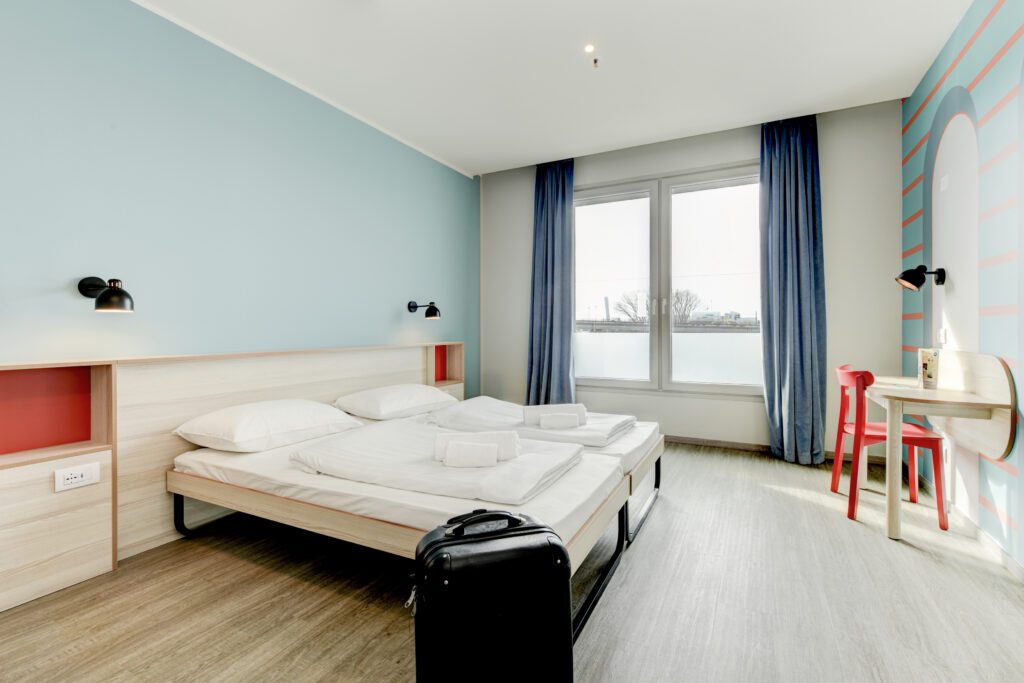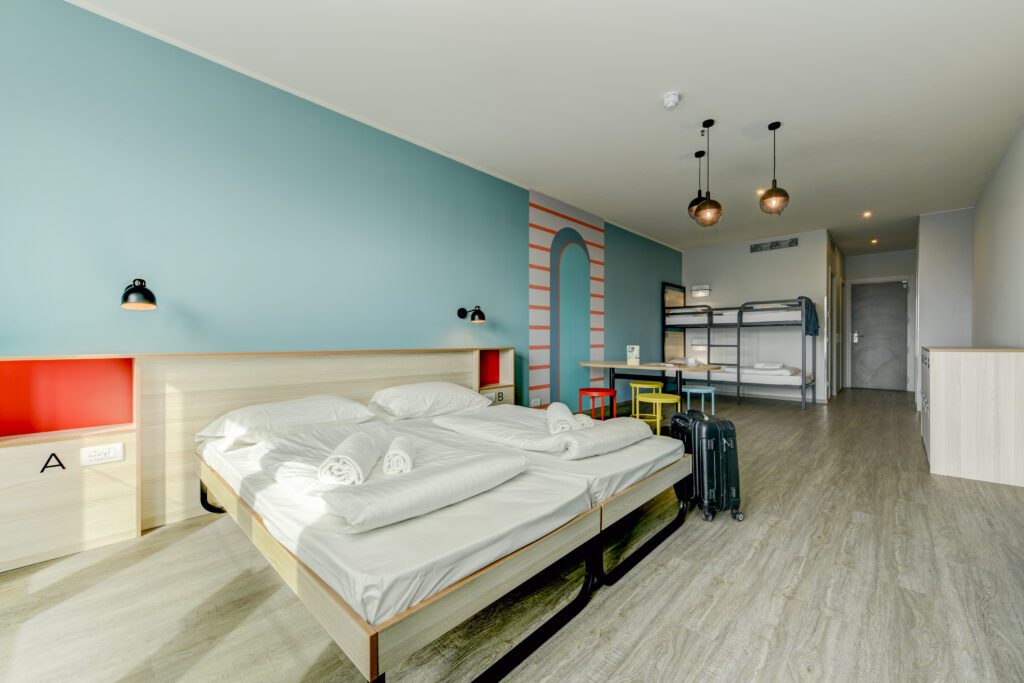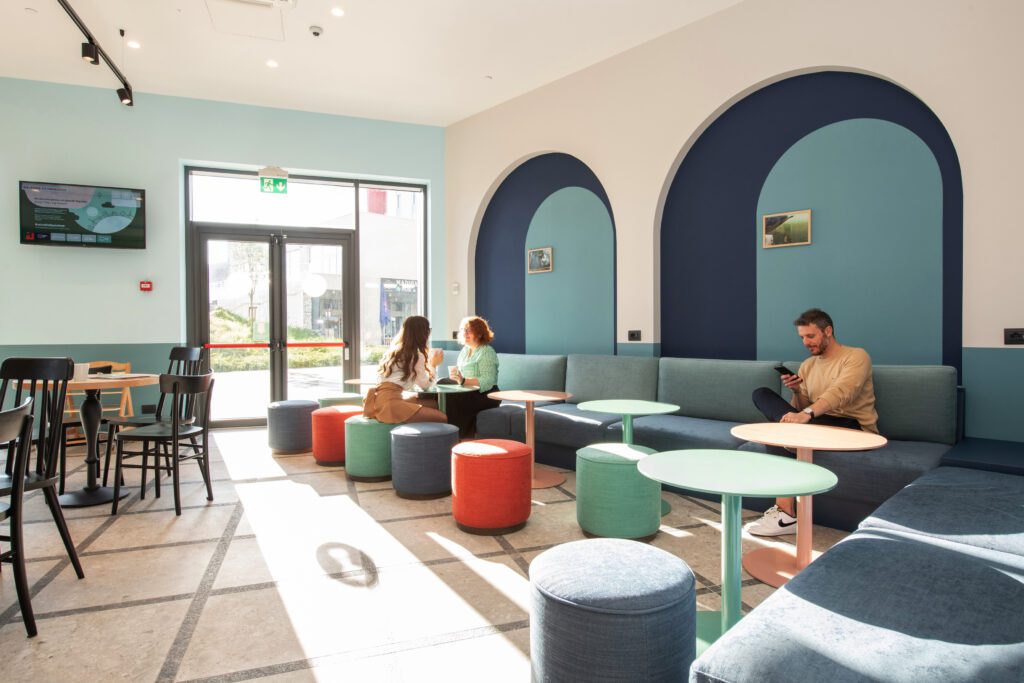 Unraveling the magic of Venice Carnival 2025
Unraveling the magic of Venice Carnival 2025
Hey there, travelers! 
We’re about to take you on a magical journey through this famous festival, where Venice bursts into life with colors, costumes, and intriguing mystery.
Keep reading to discover the ultimate guide to Venice Carnival 2025!
 It’s showtime!
It’s showtime!
The Carnival of Venice is a 2-week party that usually happens in February and March, just before Lent kicks in. Imagine this: there are amazing masquerade balls, fantastic costumes, and one-of-a-kind Venetian masks everywhere.
 A blast from the past: the Carnival of Venice history
A blast from the past: the Carnival of Venice history
The Venice Carnival is more than just fun—it’s steeped in history. Officially declared a public celebration in 1296, its roots trace back to 1094, when documents hinted at pre-Lent festivities.
Back then, the carnival was a mega party that spanned several weeks. Imagine strolling through Venice during the carnival’s heyday: the whole city was alive with music, dancing, and big parties. Oh, and here’s the cool part: everyone wore masks and costumes. This went beyond the concept of fun; it was a genius way to blur the lines between social classes.
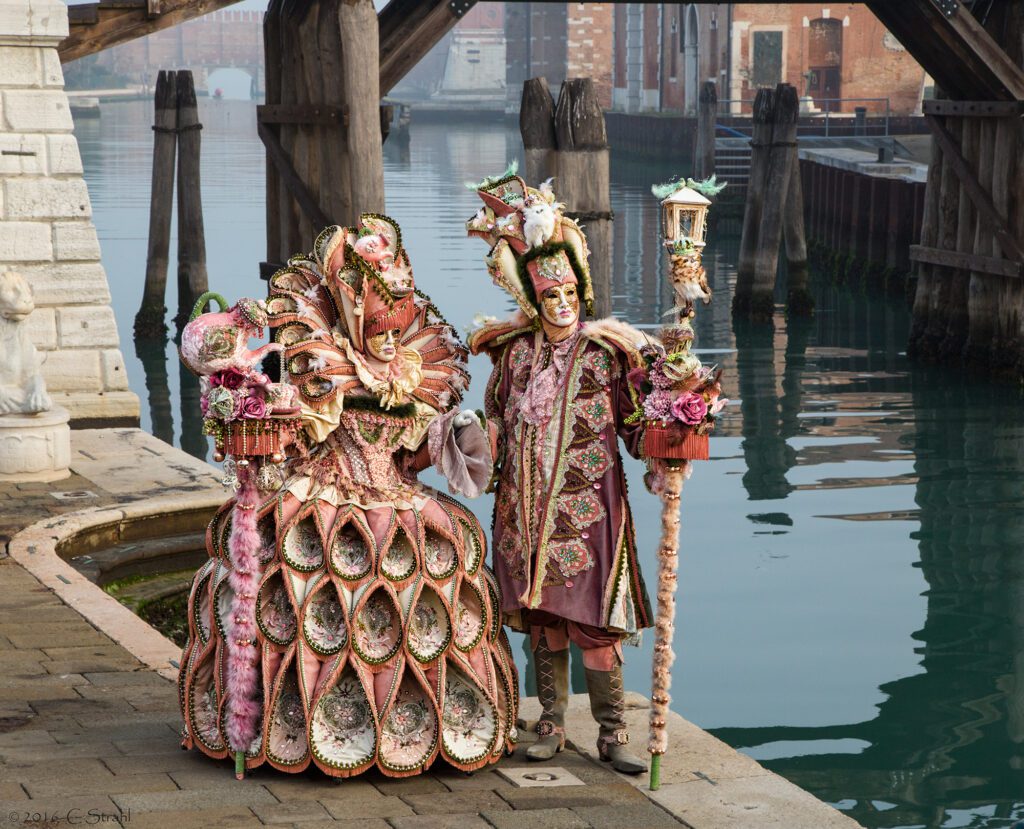
 The 18th century boom, the decline & the revival
The 18th century boom, the decline & the revival
Fast forward to the 18th century and the Venice Carnival was hitting its peak. This was the era when the famous writer Casanova made Venice his playground, flitting between parties and romance. As the century rolled on, the Venice Carnival’s reputation spread far and wide, becoming a symbol of prestige and international fame.
But all good things must come to an end, right? With the French takeover of the Republic and later Austrian rule, the carnival faced some serious restrictions in the late 18th century. The tradition of wearing masks was even banned for a while. The carnival managed to hang on, but it was a mere shadow of its former self, mostly limited to a few islands in the lagoon.
Now, here’s where the story takes a fantastic turn. In 1979, after years in the shadows, the Venice Carnival made a triumphant comeback. The ancient tradition was resurrected, and it’s the version we still enjoy today.
 Venice Carnival today: where magic meets fun
Venice Carnival today: where magic meets fun
In the modern era, the Venice Carnival is still a global sensation. It’s a terrific mix of music, dance, and, best of all, delicious Venetian food like fritto misto, a yummy combo of fried seafood, and cicchetti, those tiny bites that are bursting with flavor. The carnival lasts for about 2 weeks, but the big days to mark on your calendar are Fat Thursday and Fat Tuesday just before Lent begins.
And if you’re wondering where all the action happens, head to St. Mark’s Square—it’s the carnival’s hotspot. On the last Sunday and Tuesday of the carnival, a massive wooden stage takes over the square. It’s where they crown the best-masked costume after a bunch of colorful parades. Plus, you can catch some hilarious plays featuring traditional masked characters like Arlecchino.
If you want to snap these moments of celebration and the best spots in the city, follow the advice of our blog article Top 10 Venice Instagram Spots You Can’t Miss.
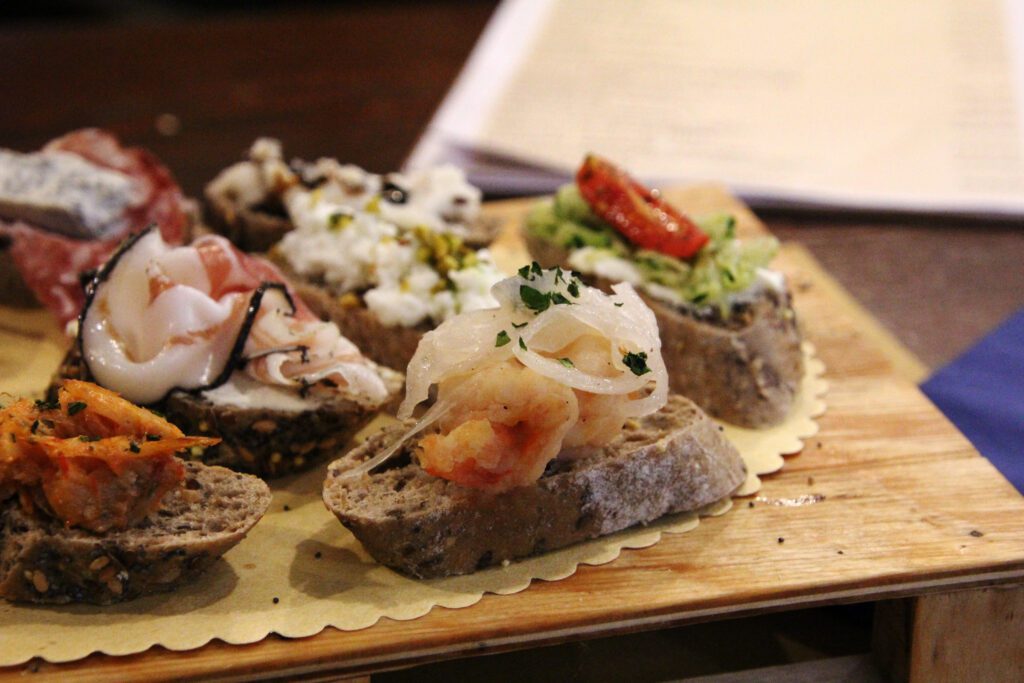
 Dress to impress: Venetian Carnival costumes
Dress to impress: Venetian Carnival costumes
Have you ever seen the colorful Carnival of Venice costumes in person? These outfits are far from your average clothes, they’re like art in motion. Think fancy fabrics, delicate lace, and shiny gemstones coming together to create outfits that’ll make your jaw drop.
From the fancy 18th-century look to the old-school Renaissance style, the Venice Carnival takes you on a trip back in time. People get all dressed up as characters from Venice’s past, adding a sense of mystery and fun to the whole event.
 The mysterious masks
The mysterious masks
Now, let’s talk about the stars of the Venice Carnival: the various Venetian mask types.
The Bauta mask is one of the most famous ones with its square jaw and pointy chin. Back in the 18th century, it was all about freedom and having a blast. People from all walks of life could party together without anyone knowing who was who.
On the flip side, there’s the Moretta mask. It stays put with a button you bite, keeping you quiet. This mask adds a layer of mystery to the Venice Carnival, making it even more intriguing and exciting.
 Flight of the Angel: the ultimate thrill
Flight of the Angel: the ultimate thrill
One of the most thrilling parts of the Venice Carnival is the Flight of the Angel; a special spectacle that shows the bond between Venice and its people, and symbolizes the city’s fearless spirit.
This tradition has its origins in the mid-16th century when a brave Turkish acrobat performed an incredible stunt. Using only a barbell, he walked on a rope tied to a boat anchored in the pier of the Piazzetta, right next to St. Mark’s Square. As he descended, the acrobat even reached the balcony of Palazzo Ducale to pay his respects to the Doge. This daring feat, initially known as Svolo del Turco, became an annual spectacle, usually taking place on Fat Thursday. Over time, the performers were equipped with wings and rings, allowing them to glide down the rope at high speed. This incredible act was then named the Flight of the Angel.
Sadly, in 1759, tragedy struck when an acrobat had a fatal fall. As a result, it was decided to replace the human performers with a large wooden dove. During its flight, this dove would shower the crowd below with flowers and confetti. The event was renamed once more, becoming the Flight of the Colombina or “little dove”. Today, this tradition takes place at noon on the first Sunday of the carnival, officially marking its start.
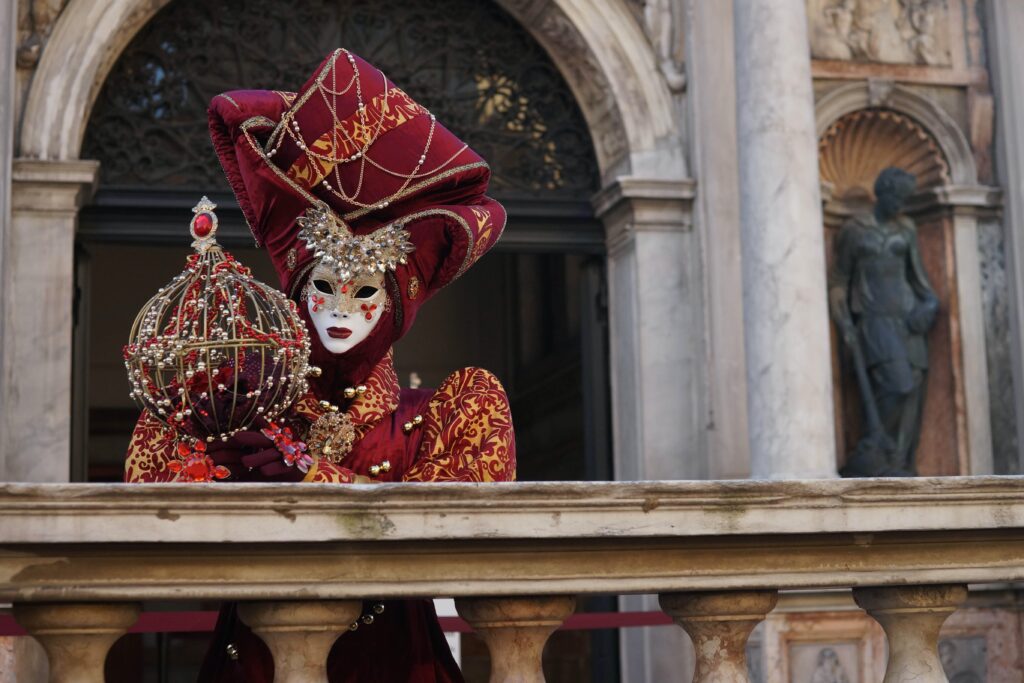
 Summing up…
Summing up…
Now that you’re in the know about the Carnival of Venice, it’s time to plan your own adventure. Choose your favorite Venetian carnival costume or mask, and get ready to dive headfirst into this incredible celebration. Whether you’re trying the Venice carnival food, dancing at an Italian masquerade ball, or just soaking in the Venice vibes while meeting Venetian people, you’ll have an incredible trip!
Are you traveling to the floating city for only one day? Read our blog article How to Spend One Day in Venice to make the most out of your stay in the magic city.
Venice Carnival 2025: FAQs
Only at the MEININGER Venezia Mestre – THE place to stay in Venice.
Where to stay in Venice?
Book your stay today!
Address: Via Ca’ Marcello, 8C, 30172 Venezia VE, Italy
